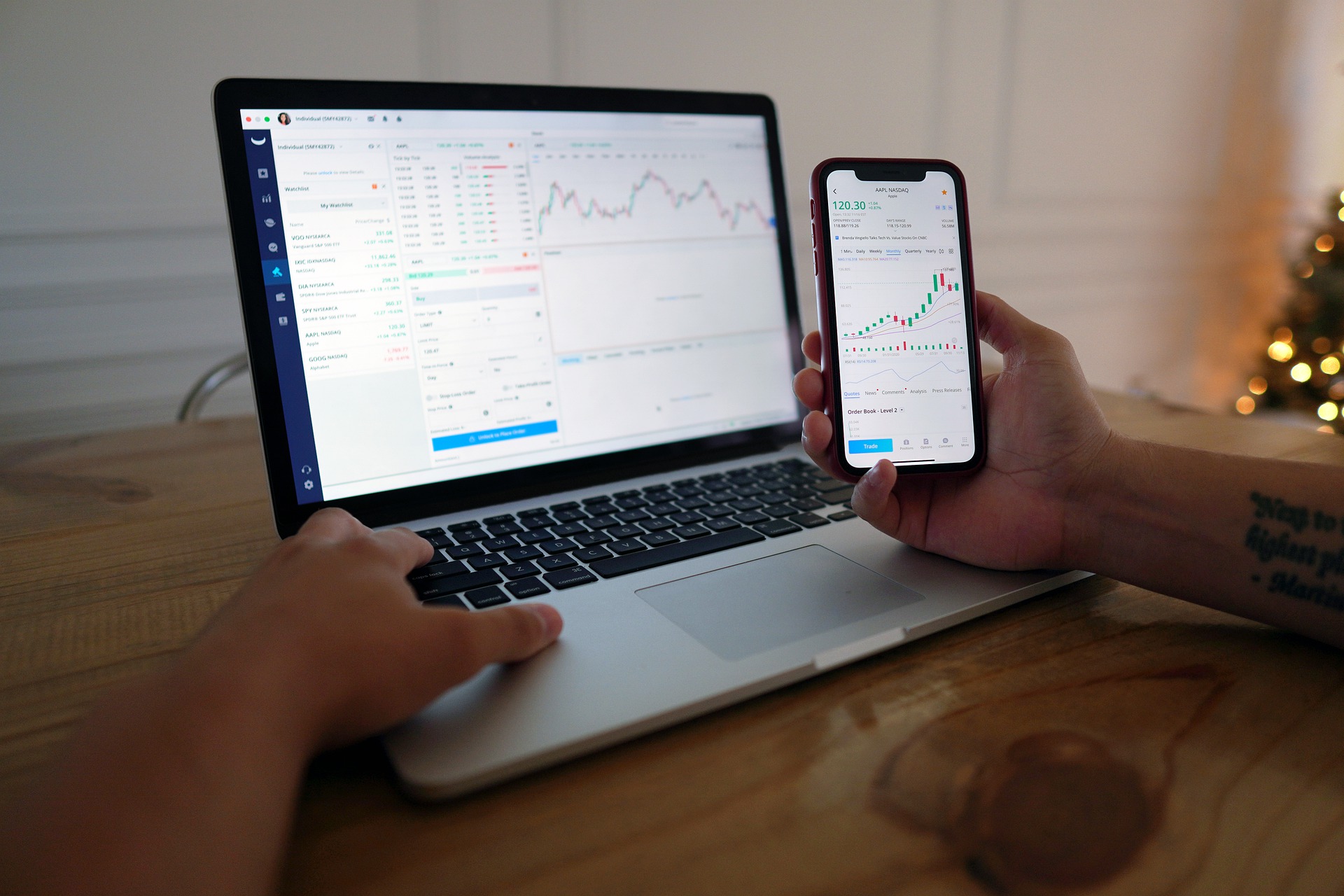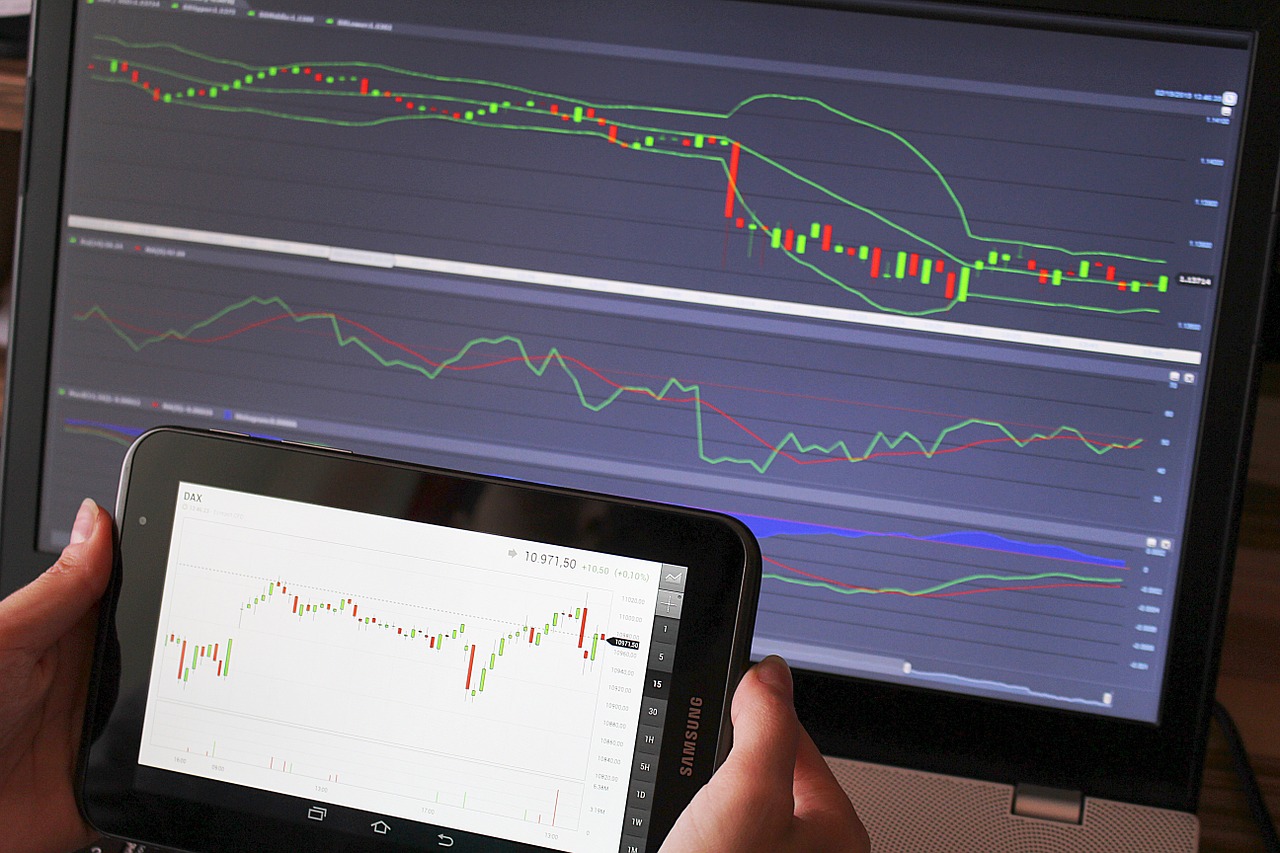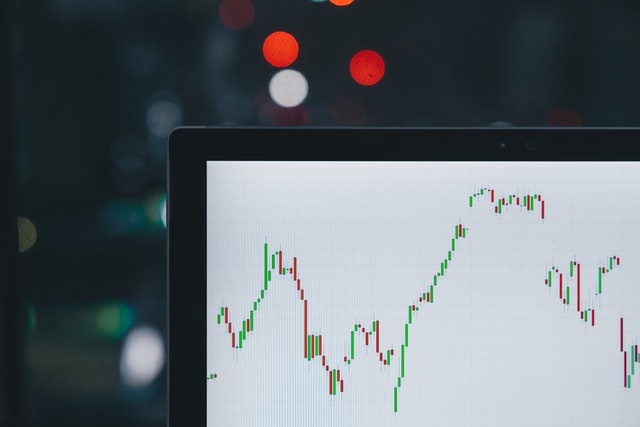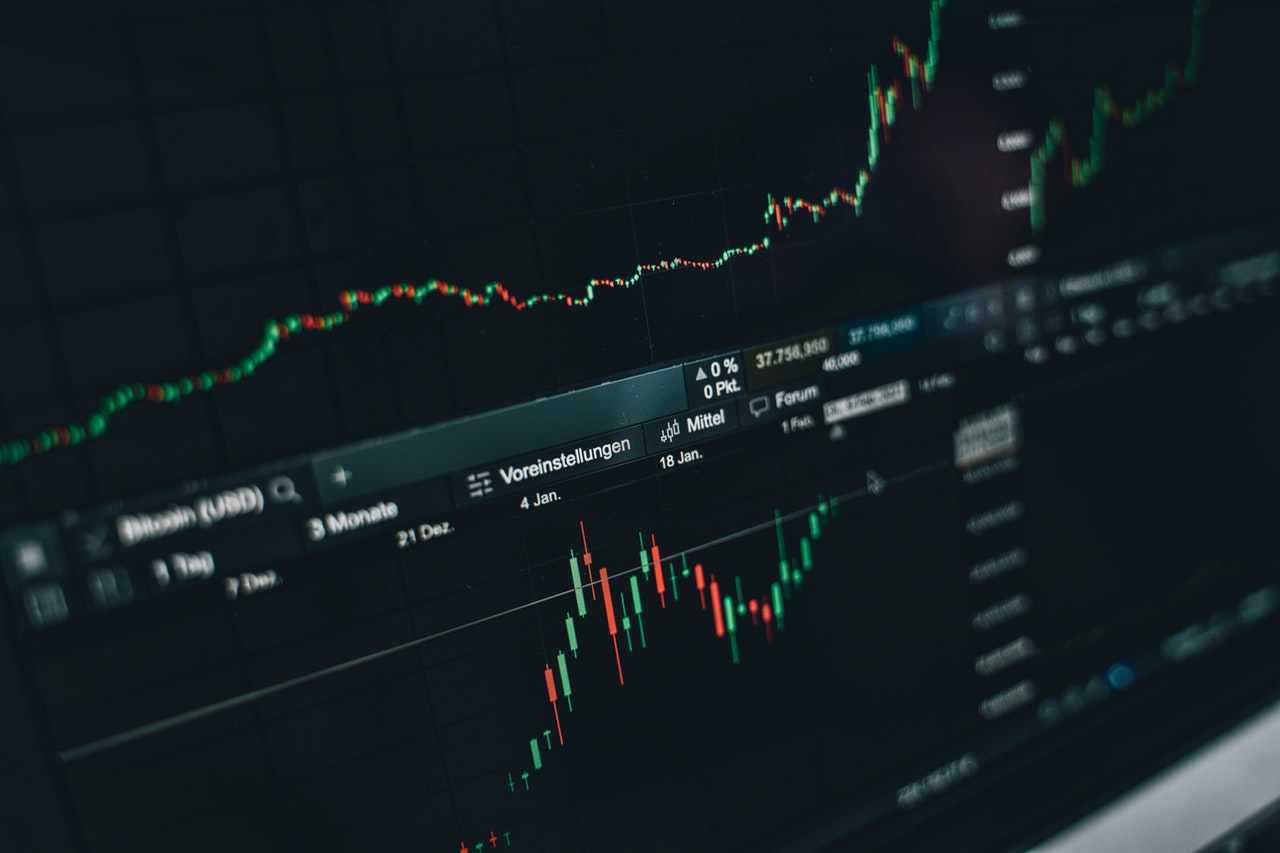Can you hold ETFs in your retirement account?
Yes, you can hold ETFs in your retirement account. Many people choose to do so because ETFs offer several benefits that can be advantageous for retirement planning.
Tax-deferred growth
One of the most significant benefits of holding ETFs in a retirement account is that you can take advantage of tax-deferred growth. It means that you don’t have to pay taxes on any profits that the ETF generates until you withdraw them from the account. It can be beneficial if you’re saving for retirement and expect to see your investments grow over time.
Flexibility
ETFs also offer flexibility regarding how you can access your money. Unlike some other types of retirement accounts, there are no restrictions on how you can use the money in an ETF account. It means that you can use the funds to cover any expenses in retirement, such as healthcare costs or living expenses.
Cost-effective
ETFs can also be a more cost-effective option than some other types of retirement accounts. Because ETFs are passively managed, they tend to have lower fees than actively managed funds. It can be important for people trying to save for retirement on a tight budget.
Overall, there are several reasons why holding ETFs in your retirement account can be a wise decision. If you’re considering investing in ETFs, it’s worth exploring whether this would be a good option for you and your retirement planning goals.
When it comes to saving for retirement, there are several different options to choose from. One of the most popular choices is to invest in ETFs.
Why are ETFs good for your retirement savings?
ETFs are investment funds that track a particular index or sector. It means that they provide exposure to different stocks or assets rather than just one. It can be helpful for investors who want to spread their risk across multiple investments.
No one financial product comes in a one-size-fits-all mould. One person’s financial security blanket is another person’s riskiest investment option. However, there are some products that, despite the risks, outperform their more-traditional counterparts over time. Exchange-traded funds (ETFs) are one of those products.
Many people believe that ETFs can only be held in taxable accounts due to the taxation of capital gains. When investors sell an investment for more than they paid, this difference is considered a capital gain, and it must be reported as income on their tax return. There are “qualified dividends” for some products that carry lower taxes than regular dividends, but even with these types of investments, you still pay taxes at your marginal tax rate.
By contrast, ETFs trade like stocks; when an investor sells an ETF for a profit, no tax is triggered until the funds leave the IRA or 401(k). The current required minimum distribution (RMD) rules state that once you turn 70 ½ years old, you must withdraw a certain amount from all your retirement accounts every year. However, the good news is that you don’t have to pay taxes on these distributions until you take them – even if they are RMDs.
– Not everyone invests the same way
So what does this mean for investors?
ETFs can provide tremendous benefits inside a tax-advantaged account, such as an IRA or 401(k). To quote Investopedia: “the ETF structure allows investors to buy or sell an entire basket of securities as though it were one single security.” It provides transparency, and with it comes lower trading costs which allow longer-term investors to beat the short-term traders who react to market fluctuations leading to increased stock prices
Even with all these advantages, cryptocurrency ETFs are still some disadvantages. Taxation of capital gains is one, but others are more complicated such as the fact that holding an ETF inside a retirement account may limit some of your investment options while you are working and preparing for retirement.
In closing
ETFs provide tremendous benefits to long-term investors, particularly inside of tax-advantaged retirement accounts. They allow flexibility, which many investors crave these days, and they also come with lower trading costs, which can help foster your longer-term investing strategies. These benefits make it even more important to understand how this product works before you dive in headfirst.













